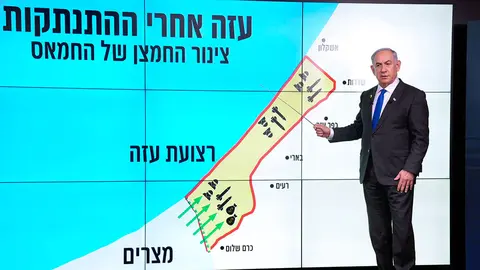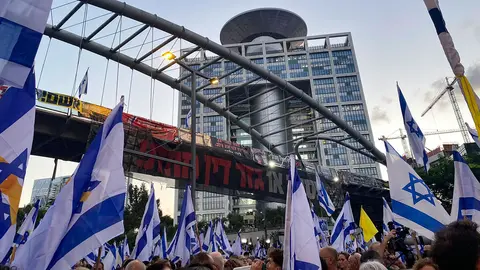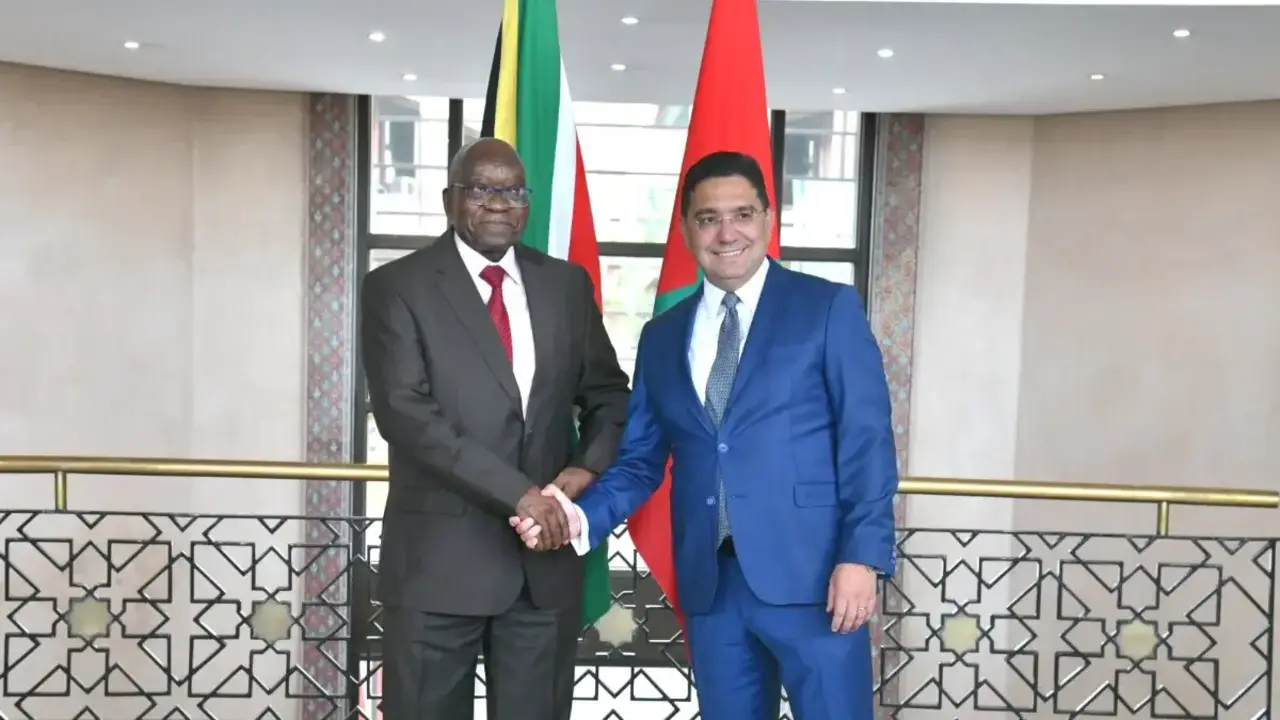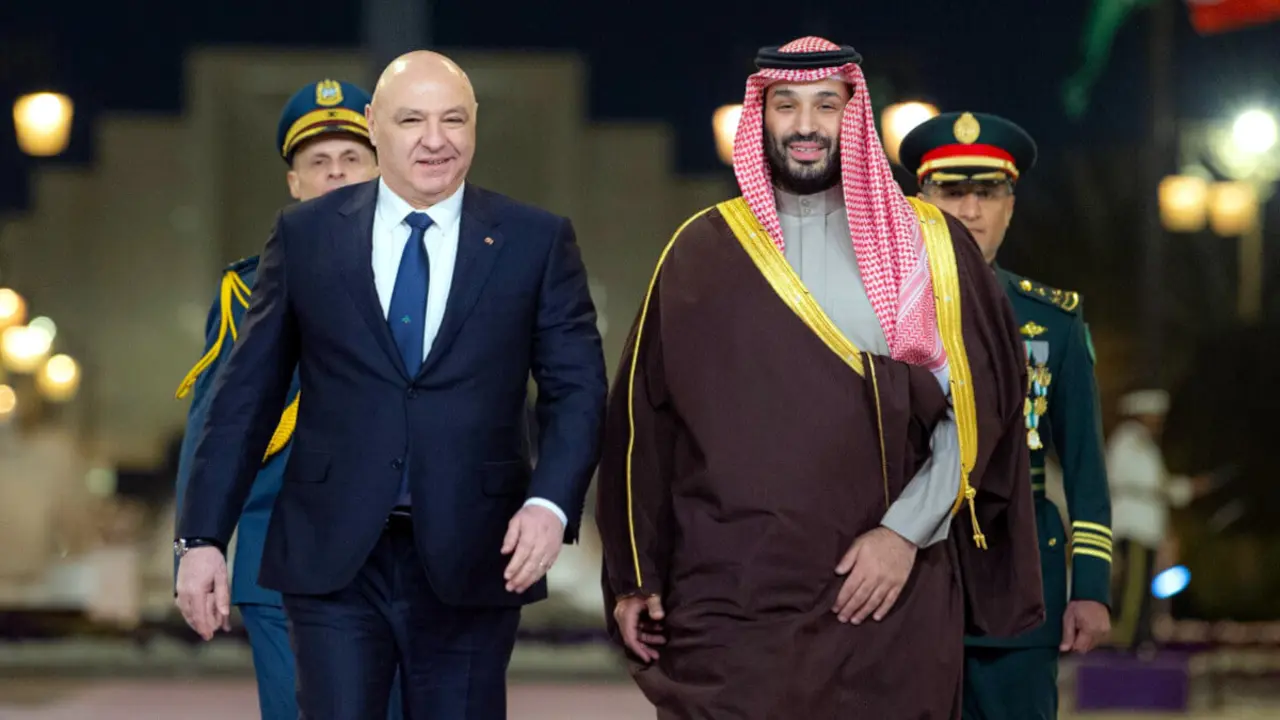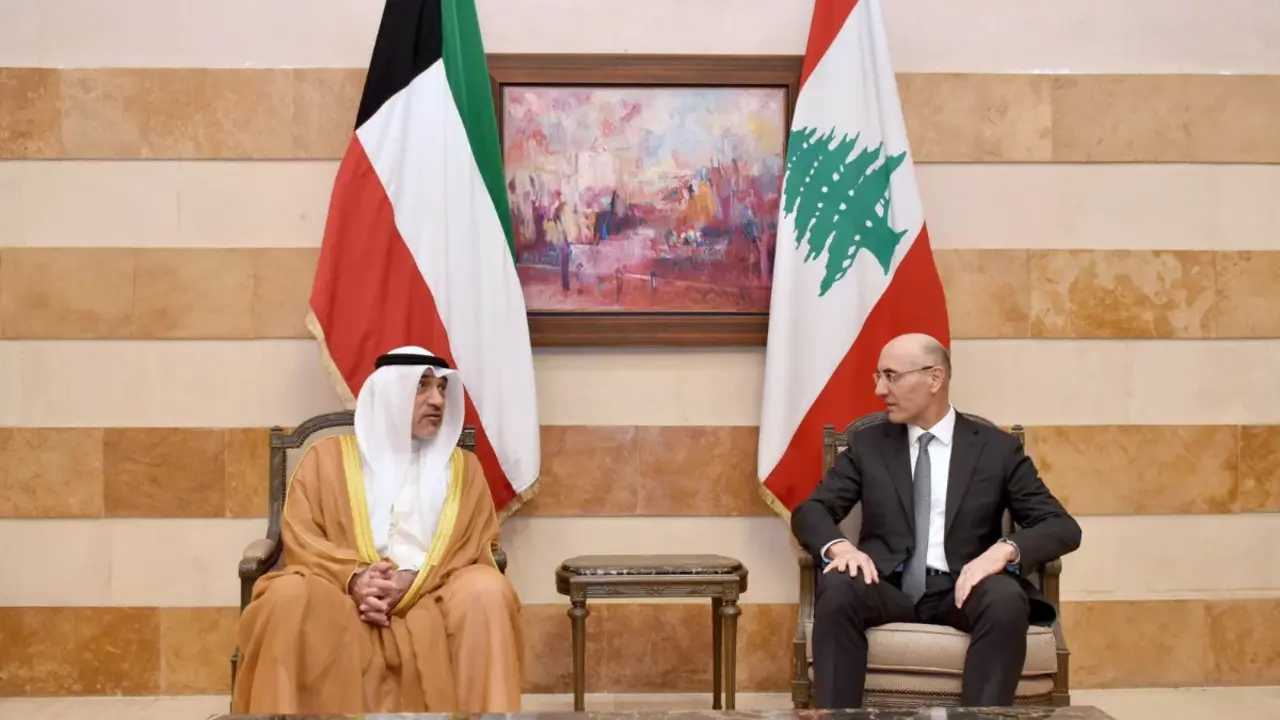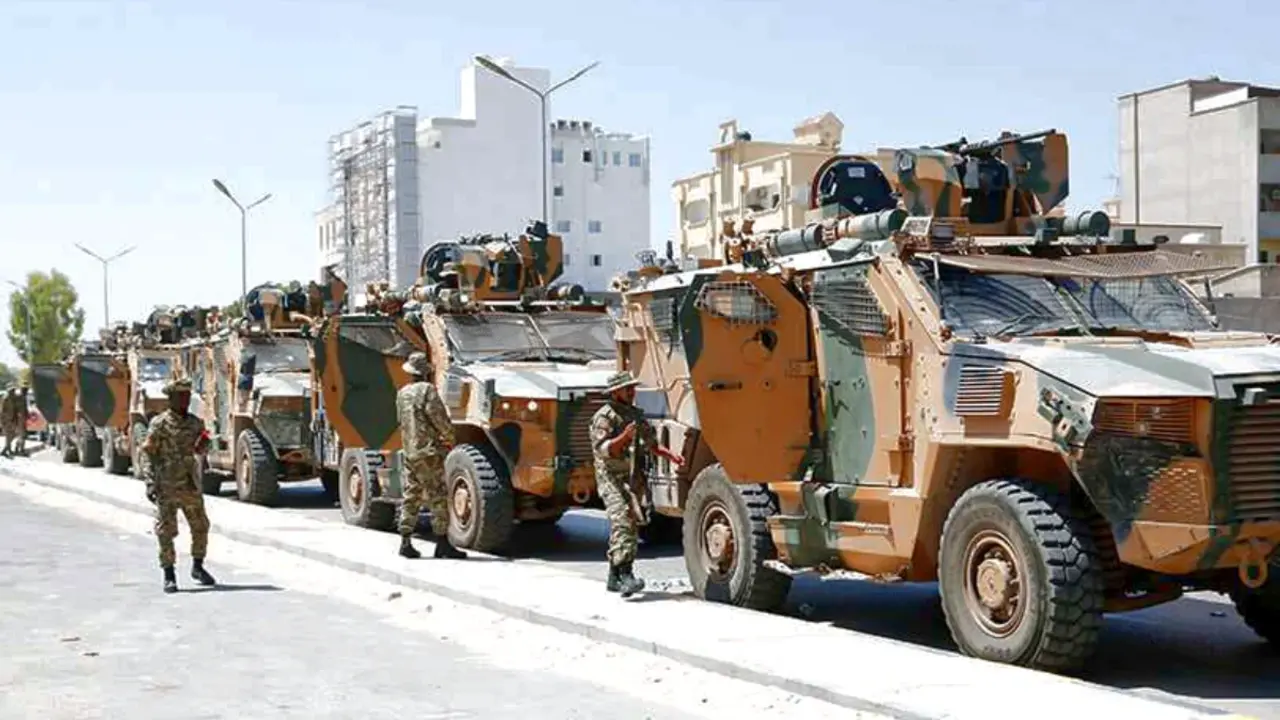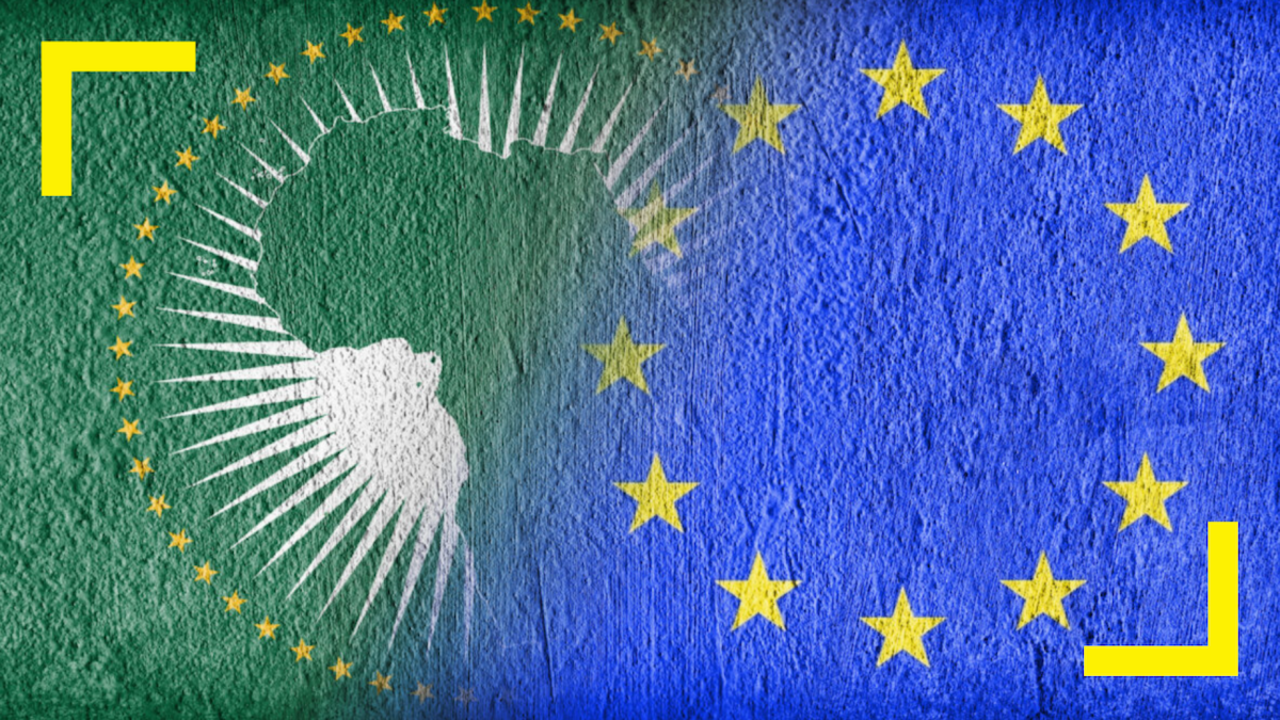Egypt announces Hamas commitment to May ceasefire proposal
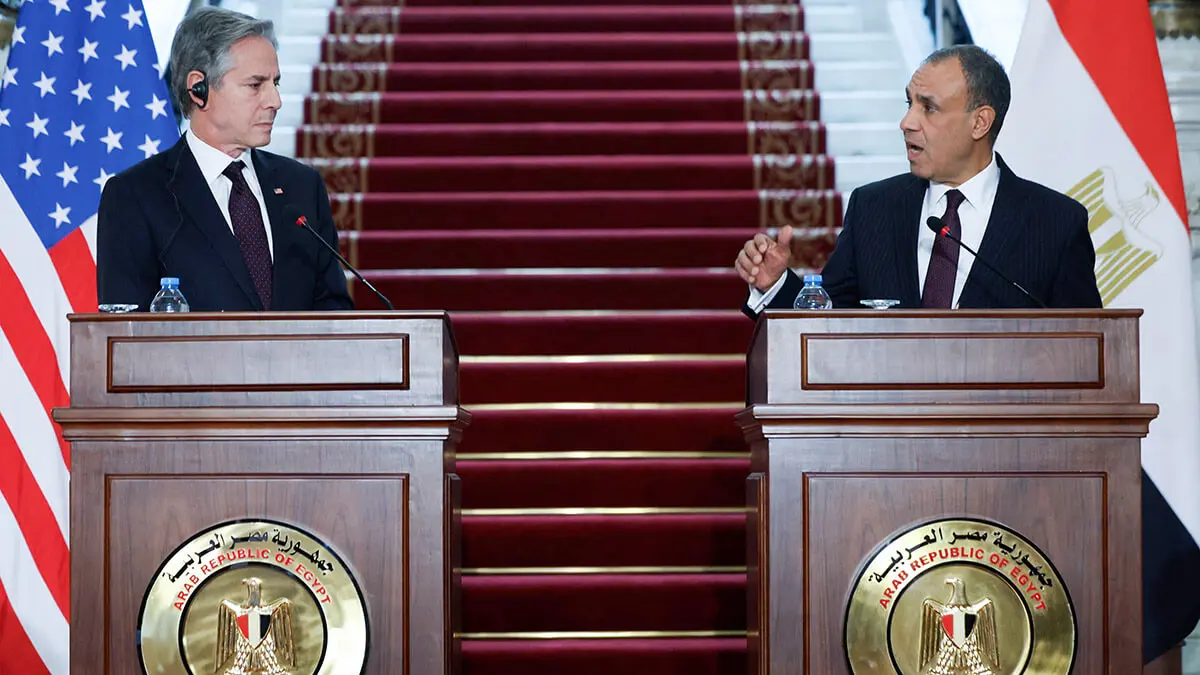
Egypt has announced the commitment of the extremist Palestinian group Hamas to the ceasefire proposal for the Gaza war brokered last May and the amendments that were subsequently implemented.
Egyptian Foreign Minister Badr Abdelatty confirmed this readiness during a joint press conference with US Secretary of State Antony Blinken, who has been touring Egypt to continue the search for an urgent solution to the Gaza war and the tensions generated in recent months in the Middle East.
‘Hamas assures us of its full commitment to the ceasefire proposal reached on 27 May and the amendments made to it on 2 July,’ said Badr Abdelatty, as reported by Al Ain media.
Some of the points to be highlighted in the May proposal are those relating to the Netzarim crossing - the corridor that marks the division between the north and south of Gaza - and the release of hostages and Palestinian prisoners.
But the Egyptian minister also warned that the proliferation of attacks by the warring parties could continue to undermine the possibility of a comprehensive agreement to end the Gaza war. ‘Any escalation, including Lebanese shelling, would delay and create obstacles to a ceasefire agreement in Gaza,’ the Egyptian foreign minister said.

Within this escalation of tension, Badr Abdelatty made explicit reference to attacks attributed to Israel that initially targeted ‘fighters’ used by members of Hezbollah, the Shiite armed group based in Lebanese territory with which Israel is engaged in fierce clashes arising from the Gaza conflict. The attacks in Lebanon left 12 people dead and nearly 3,000 wounded.
Hezbollah has assured in a statement that ‘the treacherous and criminal enemy will receive its just punishment for this aggression’. An escalation of threats and announcements of revenge that does nothing to promote peace in the region.
Hezbollah held Israel fully responsible for the attack, which observers described as ‘the biggest security and intelligence violation’ to which the extremist group has been exposed. Meanwhile, Tel Aviv did not confirm its responsibility.
The Egyptian foreign minister renewed his country's rejection of any changes to the rules before 7 October ‘concerning the security of the border with Gaza and the operation of the Rafah crossing from the Palestinian side’, as reported by Al Ain media.
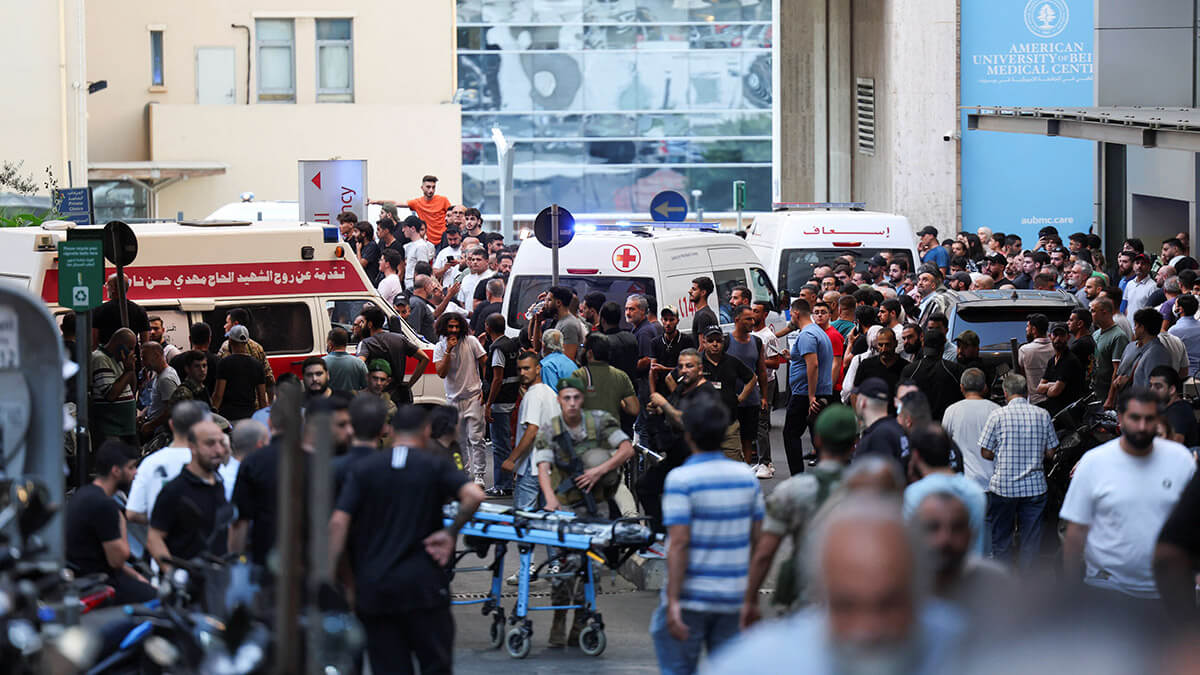
For his part, the US Secretary of State confirmed the progress in the negotiations and said that the United States has made progress on the Gaza ceasefire agreement over the past month and a half after intense diplomatic activity involving the American giant, the Egyptian country and Qatar.
Antony Blinken indicated that 15 of the 18 points of the proposed ceasefire agreement had been agreed, but that the remaining issues needed to be resolved. He did not clarify the points on which there was agreement and those on which there was not.
While Blinken did not mention the points of disagreement, a US source told Agence France-Presse that the two main points of disagreement remain the Philadelphia axis on the Gaza-Egypt border, which Israel wants to control, and details related to the release of Palestinian prisoners held in Israel following new demands by Hamas.
Israeli Prime Minister Benjamin Netanyahu has already stressed that achieving the objectives of the war requires maintaining control over the Philadelphia axis, which is opposed by several parties, including Egypt.
Benjamin Netanyahu stressed the need to keep Israeli troops stationed in the Philadelphia corridor along the Gaza Strip's border with Egypt, as this 14-kilometre strip of land is essential for Israel to achieve its military objectives, arguing that, should the IDF withdraw from the corridor by agreement, they could never return, allowing Hamas to rearm and carry out further massacres similar to those of 7 October, which triggered Israel's strong response and the current Gaza war.
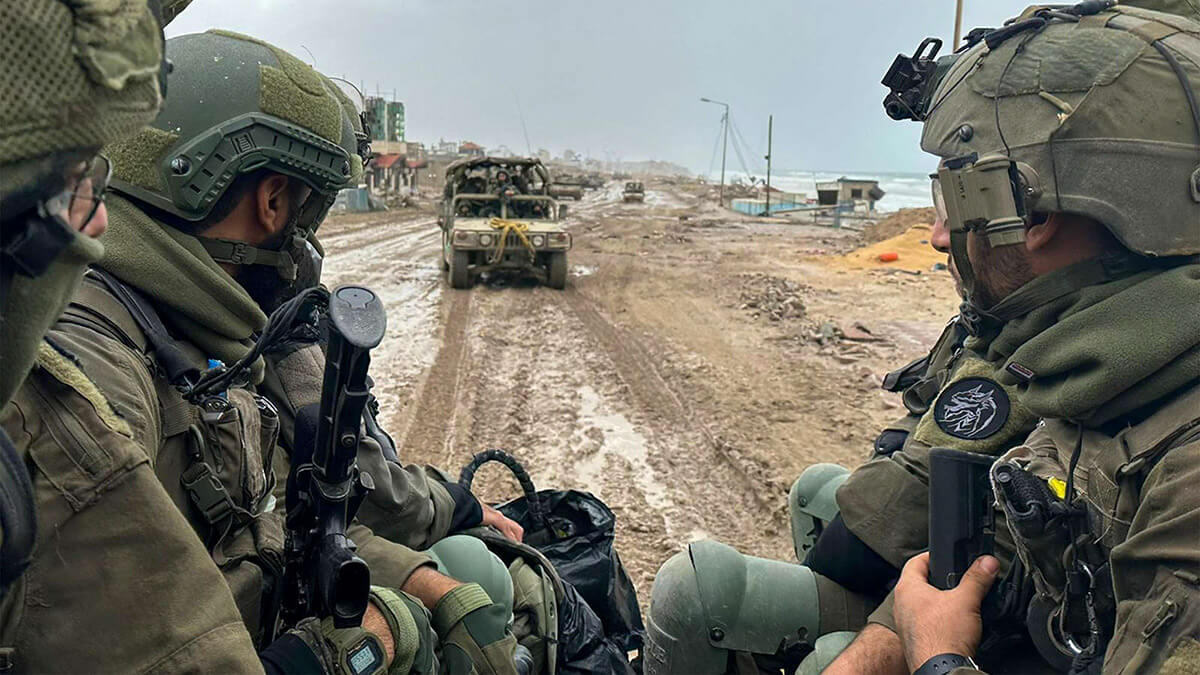
Search for a way out of the crisis
The search for a solution to the sharp escalation of tension in the Middle East since the outbreak of the Gaza war, triggered by Israel's military intervention against the extremist Palestinian group Hamas, continues. This military operation was deployed after the Hamas terrorist attacks on Israeli territory on 7 October, which left around 1,200 people dead and some 250 kidnapped.
In response to the attacks, the Israeli government of Benjamin Netanyahu ordered a forceful response against Hamas and the intervention of the army in the Hamas-ruled Gaza Strip. A military incursion that in recent months has left tens of thousands dead in the Palestinian territory.

